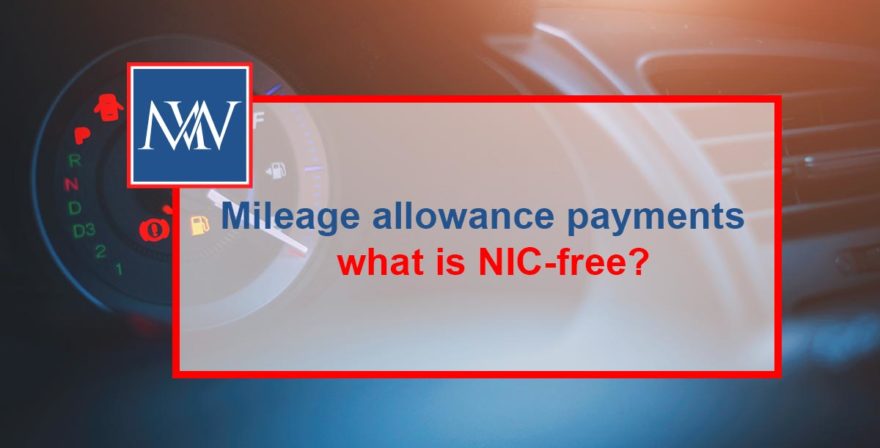
Mileage allowance payments – what is NIC-free?
Employees frequently use their cars for work and maybe paid a mileage allowance by their employer for doing so. Employers are generally familiar with the rates that can be paid tax-free; however, it is easy to assume (wrongly as it happens) that the same rules apply for National Insurance purposes. While it is true that mileage allowances can be paid NIC-free up to certain limits, there are differences in the rules.
Recap – The tax rules
Under the approved mileage allowance scheme, as long as employers do not pay a mileage allowance for business travel that is more than the ‘approved amount’, the allowance can be paid tax-free and does not need to be reported to HMRC. The approved amount is simply the number of business miles in the tax year multiplied by the relevant approved mileage rate. The rate for cars and vans is 45p per mile for the first 10,000 reimbursed business miles in the tax year and 25p per mile for any subsequent business miles.
If the amount paid exceeds the approved amount, the excess is taxable and must be reported on the employee’s P11D. By contrast, if the allowances paid by the employer are less than the approved amount, the employee can claim tax relief for the shortfall.
NIC rules
Unlike PAYE, NIC does not work on a cumulative basis – in determining the NIC liability for a particular earnings period, only the earnings for that period are taken into account. As a result of the non-cumulative nature of NICs, when looking at mileage payments, only those paid in the particular earnings period are relevant – it is not necessary to look at the position for the whole year. A consequence of this is that the 45p per mile rate for cars and vans applies for NIC purposes to all reimbursed business miles in the tax year, not just the first 10,000.
The terminology for National Insurance purposes is different too – rather than the ‘approved amount’ the relevant amount is the ‘qualifying amount’ (QA). As long as the mileage payments paid in the earnings period are not more than the qualifying amount, they are NIC-free.
The qualifying amount is found by the formula M x R where M is the number of business miles for which payment is being made and R is the rate applicable to the vehicle at a time that the payments were made. The rates are as follows:
- 45p per mile for cars and vans
- 24p per mile for motorcycles
If the mileage payments in the period (referred to as ‘relevant motoring expenditure’ (RME)) exceeds the qualifying amount, the excess is earnings for NIC purposes (but not for PAYE). Consequently, this excess is included in gross pay for NIC purposes but not for PAYE purposes – any excess over the approved amount for tax purposes is reported on the P11D.
Example
Michelle uses her car for work. She is paid monthly. In one particular month, she drives 750 business miles. Her employer pays a mileage allowance of 50p per mile.
The mileage payments made to Michelle in the month are therefore £375 (750 miles @ 50p per mile) and the qualifying amount is £337.50 (750 miles @ 45p per mile). As the payments (RME) exceed the qualifying amount (QA), the excess of £37.50 (£375 – £337.50) is treated as earnings and included in gross pay for NIC purposes.
For more information, Book A Free Consultation
Need Accountancy Support?
For information on bespoke training, or if you have any other questions for Makesworth Accountant, please fill in your details below




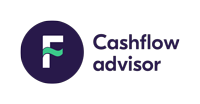


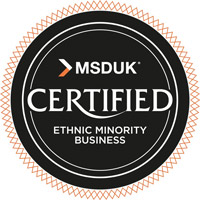
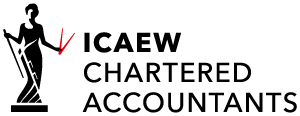
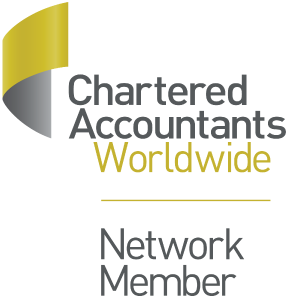
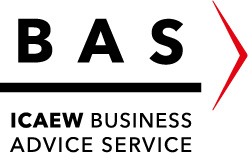



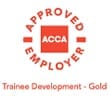



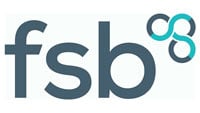

 150
150